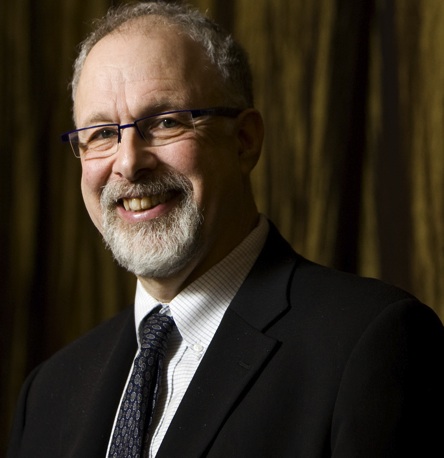There are websites, workshops and a federal task force, but how much will these attempts to help actually improve the financial situations of young people?
Essentially, the challenge is to alter behaviour, which is not an easy task.
Information on the Internet or taught in workshops that rely on a person enrolling in them in the first place can only do so much, some say. Most of our existing solutions do not do enough to target behaviour.
Saul Schwartz, a professor at Carleton University’s School of Public Policy and Administration, says the best way to change people’s behaviour is having some people avoid certain behaviours completely.
“Everybody has serious self-control issues,” Schwartz says. “What you need to essentially do is take the savings decision out of the hands of people who are doing the saving.”
The reflex to save
Schwartz advocates for what he calls “default savings programs,” through which the government could deposit tax refunds directly into a person’s savings account, for example, or an employee would automatically be enrolled in a savings plan when he or she took a new job.
“Once it’s happening automatically you don’t think about it. As soon as you have to think about it yourself, you spend money,” Schwartz says.
His belief is that teaching financial literacy can only go so far. At a certain point, Schwartz argues, even the most financially knowledgeable person will become powerless to their behavioural bias to spend.
The Task Force on Financial Literacy also mentions behavioural bias, saying existing financial literacy programs would do well to acknowledge this reality, especially when it comes to young people whose behaviour is likely to favour spending even more than someone who is close to retirement. (Listen below to hear Saul Schwartz speak about the Task Force on Financial Literacy.)
Easy money
Norah Foster believes this and other task force recommendations are right on the mark. In particular, she agrees with mandatory financial counselling for every student who receives a government student loan.
“People don’t know what they’re getting in to,” she says. “It just seems like easy money.”
Foster has seen first hand what can happen to students who receive a lump sum of cash from their student loans and give in to the temptation to spend.
“I meet students who can’t go back to school,” Foster says. “They almost have a degree … and they get themselves into financial problems. Their student loan has gone in to arrears.”
The task force falls short in other areas where young people are concerned, however, Foster says.
The recommendation that companies provide financial literacy training for new hires grates against her sense that the private sector will not readily participate in educational programs like that.
“I just don’t feel the companies are going to say that’s their responsibility,” Foster says.
Instead, Foster believes in teaching financial literacy in public schools, as it currently is in several provinces. This is the best way to impart financial lessons because it reaches everybody she says. Except, of course, today’s young adults who graduated high school before this curriculum was implemented.
Foster says her clients often tell her they wish they’d learned these lessons in class.
“They’re asking why didn’t I learn this is school?” Foster says.
————————————————————————————————-
Saul Schwartzis a professor at the School of Public Policy and Administration at Carleton University.

Professor Saul Schwartz believes some members of Canada's Task Force on Financial Literacy may have been affected by a conflict of interest in making their recommendations. (Photo: Courtesy of Saul Schwartz)
He believes the federally appointed Task Force on Financial Literacy (led by a team of leaders from the financial industry, media, education sector, and not-for-profit groups) had a clear objective when it set out to advise the government on how to improve the money management skills of Canadians: above all, avoid regulation.
Listen here to Saul Schwartz’s critique of the task force:
————————————————————————————————-
Read on — Next Chapter: Conclusions

